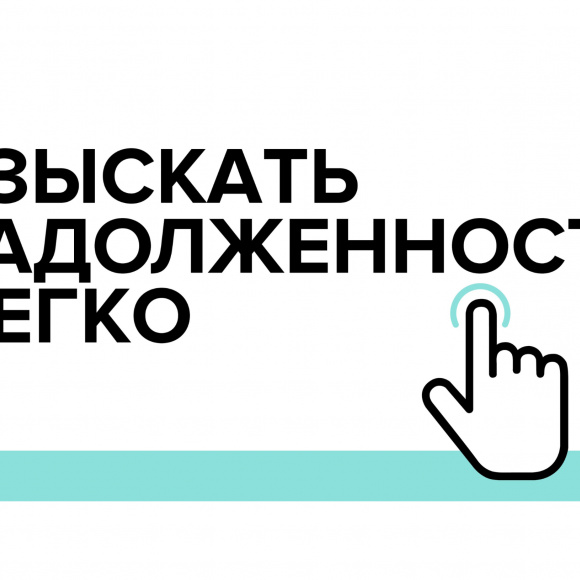Does the recent legalization of parallel importation complicate the fight against counterfeiting in Russia and, if so, how can brand owners effectively run a brand protection campaign in the new reality?
The possible legalization of parallel importation had been a hot topic in Russia for many years. Pursuant to Article 1484 of the Russian Civil Code, parallel importation constituted trademark infringement. In practice, the Russian courts had long refused to censure or prosecute parallel importers although civil litigation remained a viable avenue for punishing them.
A dramatic development in the parallel importation dilemma occurred in 2022. On March 15, 2022, the Russian Government proposed a plan outlining priority measures for ensuring the development of the Russian economy under external sanctions, particularly the development of legal measures needed to that end. A more liberal regime regarding parallel importation was proposed.
On March 29, 2022, the Government adopted Ruling No. 506, officially waiving liability for the parallel importation of certain goods. The Ministry of Industry and Trade (Minpromtorg) developed a list of specific product categories allowed for parallel importation, which was adopted by Order No. 1532, dated April 19, 2022. The main purpose declared by the Government and Minpromtorg was to allow local consumers to gain access to a wide assortment of goods despite the supply issues arising from the sanctions.
It is expected that the new parallel importation regime will remain active for a rather long period, at least for the entirety of 2023. The list of goods eligible for parallel importation is subject to constant revision depending on the availability of particular products on the Russian market. As such, Minpromtorg regularly publishes an updated version of the list.
Minpromtorg has emphasized that the legalization of parallel importation is a temporary tool for ensuring the delivery of authentic goods through the alternative channels, and it does not imply that a “green light” is being given to counterfeits. However, brand owners are concerned about the limitations of the customs recordal mechanisms and the possibility that counterfeiters will exploit the new regulations for their own benefit. Moreover, the Federal Customs Service (FCS) recently confirmed revelations about attempts to import counterfeit goods under the guise of parallel importation.
The thorough restructuring of the region’s trade and logistics paradigm appears to be an important factor in such concerns. Trade turnover with China, from which a significant proportion of the counterfeit products introduced to Russia comes, has hits record highs. There is an increase in import volumes from EAEU member states (Belarus, Kazakhstan, Kyrgyzstan, and Armenia), which counterfeiters have exploited as transit points to take advantage of the unified EAEU market.
Despite these complications, anti-counterfeiting measures remain available even for brand owners whose trademarks are now available for parallel importation. Here is a checklist for brand owners who wish to continue their brand protection campaign in the new reality.
- Analysis of available anti-counterfeiting measures
As a first step, it is advisable for the brand owner to check to what extent the legalization of parallel importation has affected its own portfolio. This analysis of Minpromtorg’s list must focus on brand names, product categories, and customs commodity nomenclature codes (TNVED codes).
The product categories not included in Minpromtorg’s list are subject to standard border controls. The importers must still obtain a customs authorization letter from the brand owners. For such brands and goods, customs recordal remains a vital mechanism for fighting counterfeits, and it is essential that it remains in place.
Importation of authentic branded goods included on Minpromtorg’s list without the brand owners’ permission should not be considered as trademark infringement. For such goods, the absence of a customs authorization letter issued by the brand owner is no longer grounds for suspension.
However, the FCS declares its intention to extend its anti-counterfeiting work to the goods allowed for parallel importation. The customs authorities remain entitled to suspend importers in the event of any counterfeiting concerns. Obviously, it is challenging to distinguish suspicious shipments during customs control. So, brand owners’ engagement with customs and the ability to educate the customs officers on how to promptly and effectively identify counterfeit goods will be of particular importance in the new reality.
- Interaction with customs authorities
Naturally, brand owners can continue to help customs identify counterfeits. During border control operations, the customs authorities are guided by list of distinctive features of counterfeit goods provided by brand owners in their customs recordal applications and reviewed during training. In this regard, it is advisable for brand owners to follow the recommendations of the FCS and regularly update the information they provide on original and counterfeit products.
It is also important to participate in brand protection training. After the break caused by the pandemic restrictions, regional customs authorities resumed holding seminars and training sessions with brand owners. During such meetings, brand owners can describe the distinctive characteristics of authentic and counterfeit products for the customs officers and teach them how to quickly and effectively identify fakes.
Brand owners should prioritize engaging with mobile customs groups. Initially created to combat sanctioned foodstuffs, mobile groups have become an important force for identifying counterfeits imported through EAEU member states.
Customs also developed a risk profile management system to help automatically identify suspicious shipments and establish additional control. The brand owners may contribute to the development of the risk profile management system by providing information about the companies involved in counterfeiting. After the FCS integrates this information into its internal database, the customs IT system starts indicating the shipments imported by such companies and an additional in-depth customs control is initiated.
- Customs recordals in other EAEU countries
As noted above, sometimes, counterfeiters take advantage of the EAEU unified market in order to circumvent the restrictions imposed by Russian law. The EAEU is based on the principle of free circulation of goods and services across the borders of the member states. This means that any goods that have crossed the border of one of the member states can circulate freely within the union without additional customs controls. Thus, counterfeits may find an easy route into Russia via the borders of certain member states.
For the time being, it is advisable for brand owners to consider arranging customs recordals in each of the EAEU member states.
- Monitoring of the internal market (offline and online)
Importantly, the new regulation on parallel importation does not affect the ability of the brand owner to combat counterfeits in the internal market.
Monitoring the internal market and sending warning letters to infringers remain efficient options. The Federal Service for Surveillance for Consumer Rights Protection and Human Well-Being (Rospotrebnadzor) and the police both focus on identifying counterfeits, especially if they present danger to consumers.
The Russian online commerce market is constantly growing. Along with the traditional online stores, marketplaces are now powerful players in the online market and major hotspots of counterfeiting. Civil, administrative, and even criminal prosecution of online counterfeiters is possible. Warning letters or further negotiations with the infringers may be considered as well.
Maria Aronikova
Karina Skomorokhova

